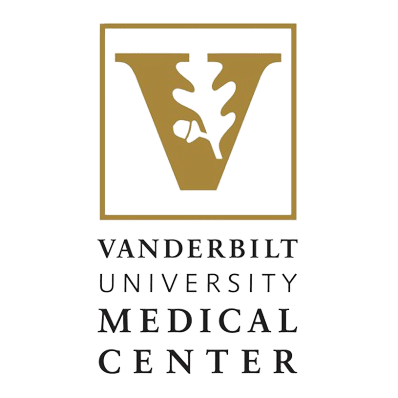Oklahoma Cancer Specialists and Research Institute (OCSRI) is a physician-owned group practice with more than 20 blood and cancer specialty physicians and 300 nurses and associates. OCSRI is a leader and patient-centric oncology institute providing renowned multidisciplinary care empowered by progressive clinical research. We are a team of specialists who provide personalized treatment, transparent counsel and advanced technology to deliver the most effective care possible.
44 chairs
1 center
OncoEMR
Private Practice
Southwestern US
OCRSI had an uneven cadence of appointment starts, which led to peaky chair utilization and midday patient volume surges. The end result of this imbalance was that nurse staffing ended up being misaligned to the daily patient appointment volume.
iQueue for Infusion Centers was implemented at OCSRI’s Tulsa location at the height of COVID-19, and as a result they saw significant improvement in their daily completed patient volumes, wait times during peak hours and chair utilization metrics. OCSRI has increased patient access to care and better aligned nurse staffing with patient demand. Nearly two years later, OCSRI has continued to sustain the gains made immediately post iQueue implementation. OCSRI has also gained additional capacity that has helped cope with increased patient demand without having to hire additional nursing staff. Level loading the schedule throughout the day has also resulted in improved patient and staff experience.









Take the first step towards unlocking capacity, generating ROI, and increasing patient access.